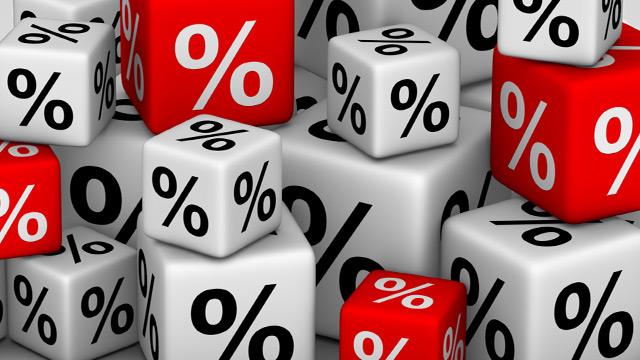In May of 2020 I was on Anthony Pompliano’s podcast describing the likelihood of high inflation in the coming years and the Fed chasing their tail as this became evident in 2021/2022:
“I don’t see how there can’t be some inflation that comes out of this…I’m not transitioning into a hyperinflation sort of mentality but I don’t see how there’s any chance that coming out of like, say 2021 or 2022, that if the economy is really rebounding that we don’t have three, four, five percent [core] inflation and I think you could have the Federal Reserve chasing their own tail raising rates.”
Now, we shouldn’t blame the Fed for everything. After all, they didn’t cause all of the current inflation. That was mostly caused by trillions in government spending (the Treasury and fiscal policy) and the complex mess of supply chain issues during COVID. But the Fed could have done a lot more to get in front of this before it got out of hand and that’s where their response is worthy of criticism.
Unfortunately, the subjective nature of discretionary interest rate policy has left them doing what they typically do – looking at 12 month trailing data in a reactive manner and then responding after the fact when it becomes clear that the economy is drunk. The Fed now wants to swipe a punch bowl that they should have been watering down long ago. The problem now is they’re on the verge of swapping the punch bowl with sleeping pills as parts of the economy look increasingly fragile and the Fed is at risk of tightening into an economic slowdown.
For example, let’s look at the rising risks of recession in this environment. Among other indicators we have:
- Flattening and inverted yield curves (which always precede slowdowns and recessions).
- Crashing freight data.
- Sharp drop in mortgage applications.
- China PMI contraction.
All of these signals are leading indicators of rising economic slowdown. At the same time, we’ve transitioned from an economy where a demand led price shock has increasingly transitioned to a Russian led supply price shock. And yet the Fed feels the need to play catch-up to try to save face in the wake of what is already proving to be a policy error (leaving rates at 0% for too long).
Of course, it’s easy to be critical after the fact, but had the Fed been following a more automated policy approach (I’ve written about a modified Taylor Rule in the past, for example), they’d have been more proactive and they might have been able to dampen inflation before it was too late. Instead, they relied too heavily on the subjective opinions of a few economists relying on trailing data.
We might not see any of this materialize for years. Monetary Policy has famous “long and variable lags”, but I am increasingly concerned that the Fed is on the verge of a policy mistake (keeping rates too low for too long and then raising rates well after they should have, too quickly and into an economic slowdown). Our short-run expectation continues to be “muddle through” and a mean reverting economy to pre-Covid trends, but there’s a rising outside chance of a policy error here in the coming years if the Fed continues to tighten too far too fast. And maybe this isn’t such a bad thing in the long-run? Yes, it could all contribute to a slowdown in the short-run, but in the long-run it should make us all revisit the notion that 12 economists in Washington DC should have discretion over the most important interest rate in the economy.
Mr. Roche is the Founder and Chief Investment Officer of Discipline Funds.Discipline Funds is a low fee financial advisory firm with a focus on helping people be more disciplined with their finances.
He is also the author of Pragmatic Capitalism: What Every Investor Needs to Understand About Money and Finance, Understanding the Modern Monetary System and Understanding Modern Portfolio Construction.

